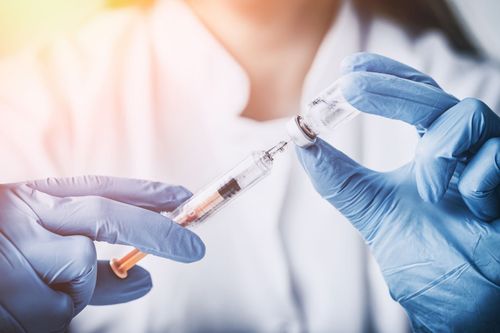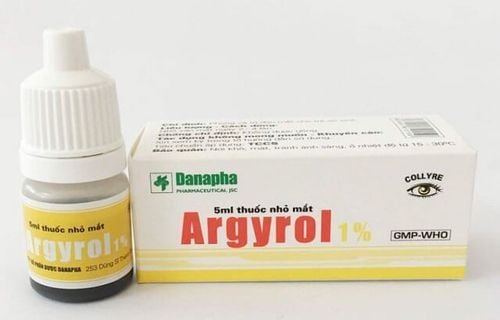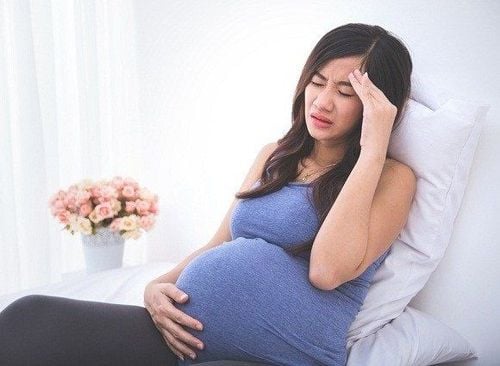This is an automatically translated article.
The article was professionally consulted by BSCK II Cao Thi Thanh - Department of Pediatrics - Neonatology, Vinmec Hai Phong International General Hospital.Whooping cough is an acute infectious disease that can affect anyone, but is most common in children. Vaccination is the best way to prevent pertussis in children. What are the symptoms of whooping cough in children?
1. What is pertussis in children?
Whooping cough is an infectious disease caused by the bacteria Bordetella pertussis that enters the respiratory tract. The disease can be spread through the respiratory tract through direct contact with secretions in the throat and nasal mucosa of an infected person when sneezing or coughing. Therefore, pertussis in children is very contagious when in the same space as schools, houses...
Whooping cough in children can last from a few weeks to several months. In the early stages, the disease often has symptoms similar to a common cold such as sneezing, runny nose, cough, low fever...so it is easy for parents to confuse.
After about 1-2 weeks, the symptoms of whooping cough in children will start to get worse. Especially in infants, whooping cough can make breathing difficult and lead to death.
2. Symptoms of pertussis in children
Whooping cough in children has no obvious symptoms, making it difficult for doctors to make an accurate diagnosis. However, if you notice the cough of a child panting to try to inhale air, parents should pay attention because this is most likely a manifestation of whooping cough. The reason is that all the air in the lungs is expelled in the previous coughs.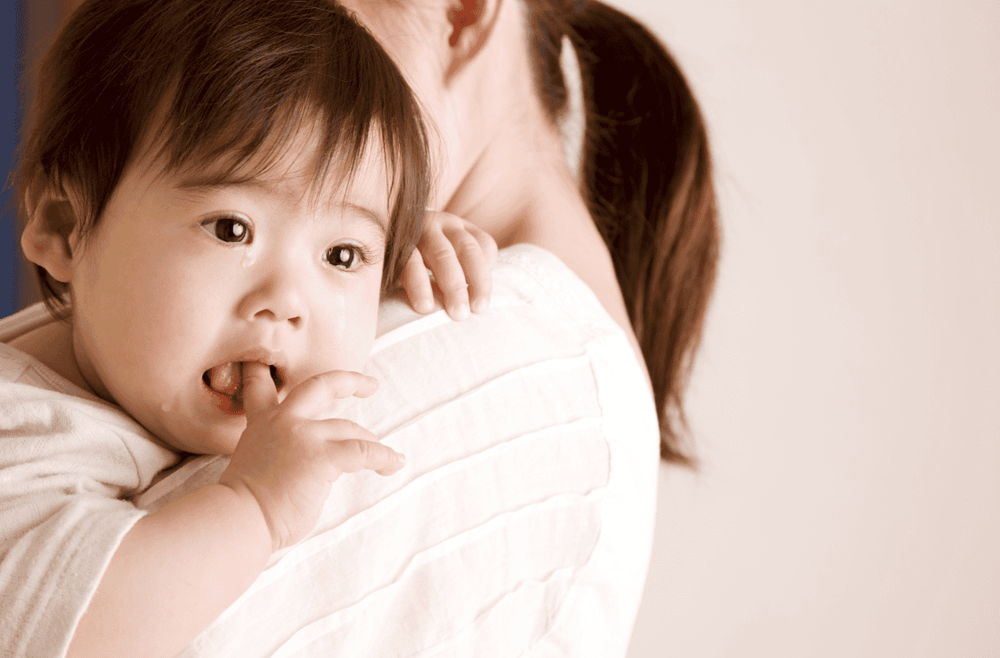
In addition, when newly infected with pertussis in children, there are signs similar to those of a common cold such as: sneezing, mild cough, low-grade fever below 39 degrees, diarrhea, runny nose. After about 7-10 days the cough will get worse and worse. Whooping cough causes dry, sputum-free coughs that can last up to 1 minute and can cause a child's face to turn purple. However, not all children with whooping cough experience it.
In particular, whooping cough in infants can cause the baby to have episodes of stopping breathing completely. Between coughs, children can still do normal activities. In addition, during the exacerbation of whooping cough can also cause symptoms such as nosebleeds, bruising around the lower eyelids, conjunctival hemorrhages...
3. Can pertussis be treated at home?
Depending on the specific disease severity, there will be specific treatment methods for whooping cough. In case a child has a mild case of pertussis, the cough is small and short, the child still eats normally, and does not have purple face when coughing, parents can take care of the baby at home. However, if the symptoms become more severe, it is necessary to take the baby to a medical facility to be monitored and treated in the most timely manner to avoid dangerous complications of pertussis.
In addition, to effectively treat whooping cough in children, parents also need to take the following measures:
Do not let children come into contact with smoke and tobacco. Let the child rest quietly, avoid being stimulated. If the baby is still breastfeeding, let the baby suckle normally. For children who are in the weaning stage and older children, give them liquid foods that are easy to digest, eat them little by little and divide them into many small meals a day. Pay attention to body hygiene and hygiene of the nose and mouth for children. After each cough, use a clean soft cloth soaked in warm salt water to clean your mouth. Isolate your child from other children to avoid spreading the disease. Take your child to a reputable health facility for a pertussis vaccination.
4. Who is most susceptible to pertussis
Newborns are the most susceptible to pertussis. The majority of pertussis deaths occur in infants under 6 months of age because they are not old enough to receive the pertussis vaccine.For children under 18 months of age, parents need to closely monitor because the child is easy to stop breathing due to the influence of the cough. If the disease becomes severe, it is necessary to take the patient to a reputable medical facility for proper treatment.
For unvaccinated children, you need to make sure to isolate them from people who have whooping cough to avoid infection.
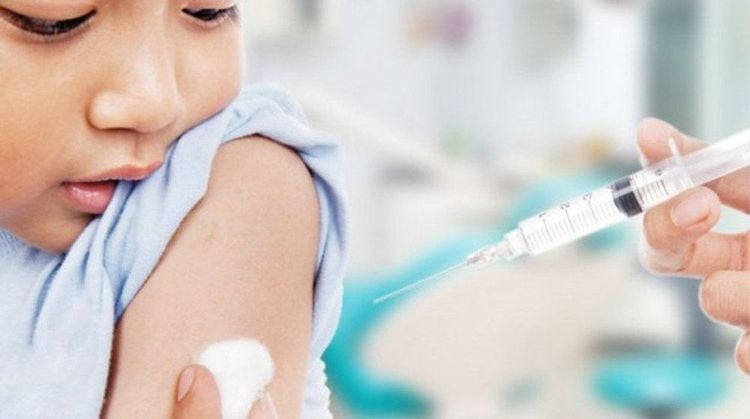
5. Measures to prevent whooping cough in children
To prevent pertussis in children the best way is to get the whooping cough vaccine. This method can bring about 90% disease prevention efficiency. In addition, when seeing that the child is at risk of infection, parents also need to isolate, not let the child come into contact with other children, especially those who have not been vaccinated. If a family member has whooping cough, it is necessary to completely treat it completely to avoid spreading it to other members. When in contact with sick people, it is necessary to wear a medical mask, wash hands before and after contact with the patient as well as tools and secretions of sick children. doctor for the most effective treatment. In summary, whooping cough is very contagious in children, parents need to be equipped with the necessary knowledge above to be able to take care of their children and promptly treat them to avoid unnecessary consequences.
Please dial HOTLINE for more information or register for an appointment HERE. Download MyVinmec app to make appointments faster and to manage your bookings easily.







